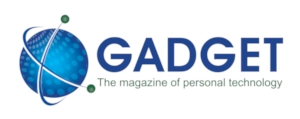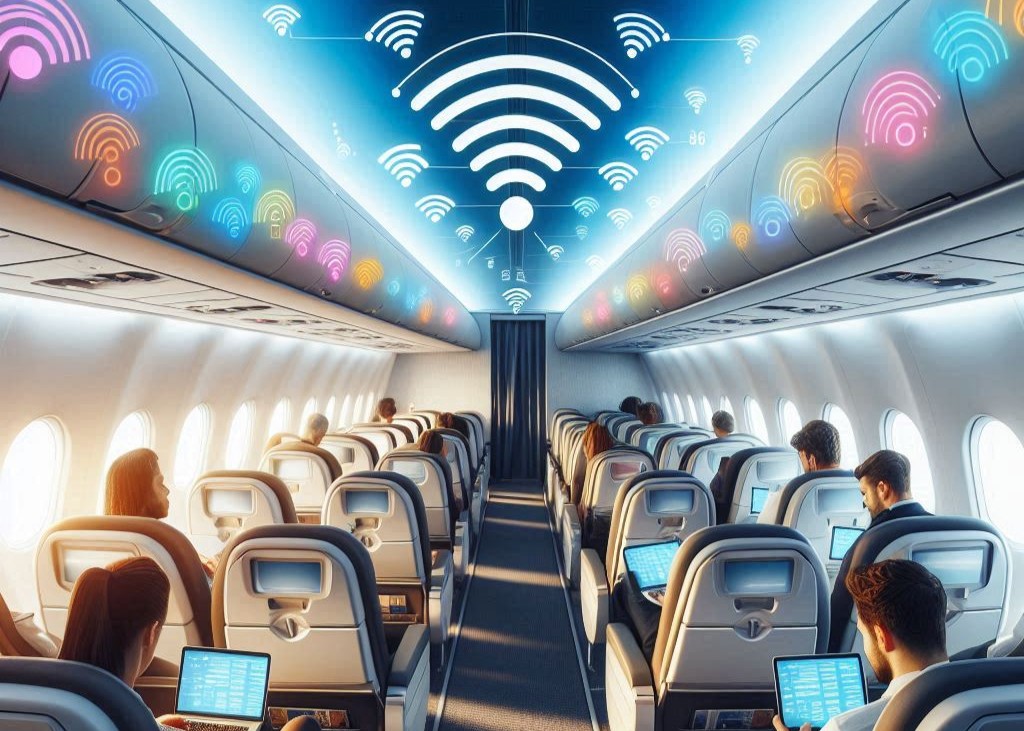GadgetWings
FlySafair prepares
for onboard Wi-Fi
South Africa’s no-frills airline is standing by to introduce on-board when Starlink and the regulator sort out their disputes, writes ARTHUR GOLDSTUCK.
For years, airline passengers have looked longingly at international carriers offering seamless in-flight Wi-Fi, wondering when South African airlines would catch up.
South African airlines have largely sidestepped in-flight internet due to a combination of technological limitations and prohibitive costs. Existing satellite-based solutions require expensive installations that involve penetrating the aircraft’s hull, which devalues the aircraft and compromises aerodynamics.
“The reality is that the existing technology that’s available to us in South Africa is quite old and soon will be obsolete and doesn’t work particularly well in our environment,” says Kirby Gordon, chief marketing officer of FlySafair.
The airline is closely monitoring the global rollout of Starlink’s aviation solution. Backed by Elon Musk’s SpaceX, it has already been adopted by leading carriers such as United Airlines and Qatar Airways, with reported speeds and reliability far surpassing anything currently available.
“Apparently, the results are just absolutely phenomenal,” Gordon told GadgetWings. The difference is significant: instead of relying on geostationary satellites with high latency, Starlink operates through a low Earth orbit (LEO) network, reducing lag and dramatically improving speed and coverage.
FlySafair’s measured approach to technology adoption is not new. Initially hesitant to introduce a mobile app, the airline eventually embraced it – not as a primary sales tool, but as a travel companion.
“We were somewhat resistant at first,” admits Gordon. “But we realised that the app is fundamental to making flying as hassle-free as possible.”
That same cautious pragmatism is now shaping the airline’s approach to in-flight Wi-Fi, and the airline’s commitment to a no-frills, low-cost model remains central to its success. Gordon says every decision is measured against the airline’s core mission: affordability, reliability, and simplicity.
“We want to be affordable, we want to be on time, and we want to make flying as hassle-free as it possibly can for our customers.”.
That focus has helped FlySafair carve out a dominant position in the local market, even as competitors have come and gone.
This philosophy extends beyond pricing. Unlike many international airlines that offer entertainment systems, FlySafair has opted to keep its aircraft as light and efficient as possible, even on pan-African routes.
“We don’t run a traditional in-flight entertainment system, partly because of cost, but also because of changing travel habits.” Many airlines are shifting to a “bring your own device” model, where passengers stream content to their own phones or tablets via a local Wi-Fi network. The shift aligns with FlySafair’s ethos of keeping things simple while still meeting passenger expectations.
The regulatory aspect remains a sticking point. While South African authorities have yet to approve Starlink, discussions are ongoing. I asked Gordon: if the Minister of Communications convinces the regulator to allow Starlink, and the regulator convinces Elon Musk to allow Starlink, and Musk plays nicely with President Ramaphosa, how long would it take?
The answer is surprisingly short. “It would take about eight months to get the equipment and probably another five to six months to roll it out across our fleet,” says Gordon. However, as more airlines join the Starlink queue, those lead times may extend.
“Quite how we would work it from a commercial perspective is yet to be determined. One would probably see some sort of combination between a pay-as-you-use solution and possibly something subsidised through advertising sales.”
For many passengers, in-flight Wi-Fi is a welcome addition, allowing them to remain productive or entertained during travel. Yet, Gordon himself harbours a nostalgic reluctance.
“I really value those two hours where you aren’t contactable,” he says. That sentiment will resonate with passengers who cherish the brief digital detox that flying currently offers. However, the demand for connectivity is undeniable, and the convenience of remaining online in the sky is likely to outweigh nostalgia for pre-internet tranquillity.
* Arthur Goldstuck is CEO of World Wide Worx and editor-in-chief of Gadget.co.za. Follow him on Bluesky on @art2gee.bsky.social.



















